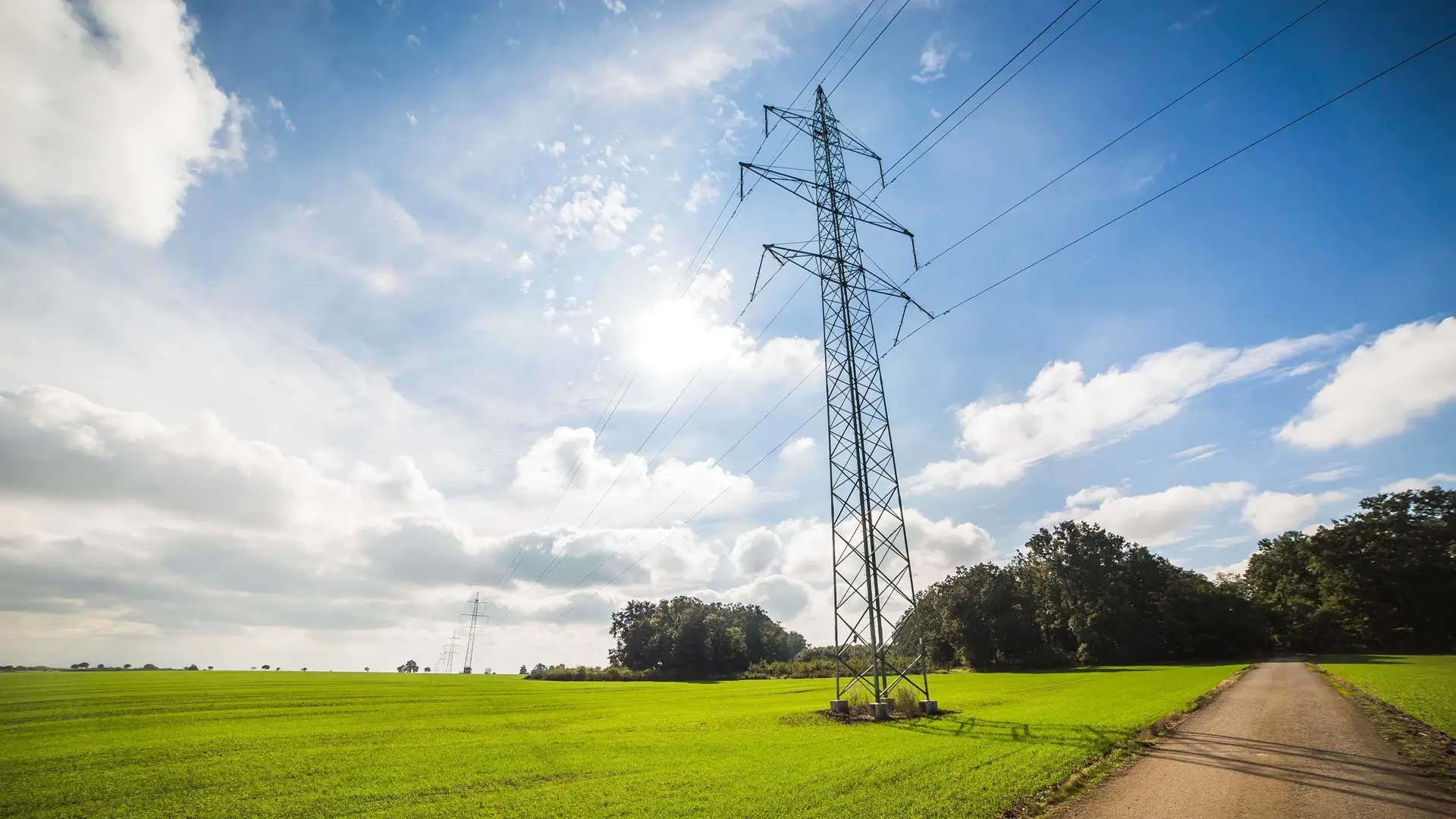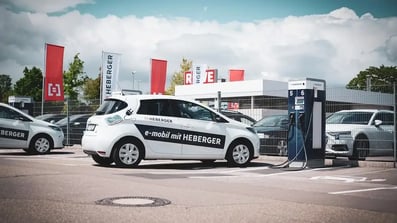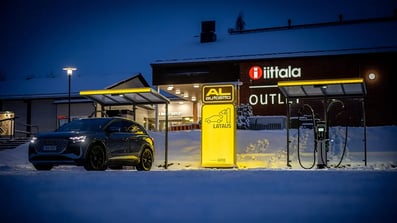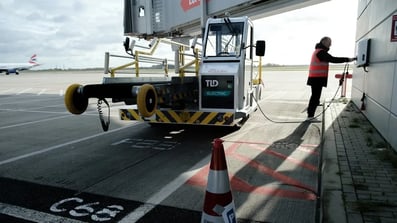The energy sector is facing a drastic shift towards a greener future. While traditional energy production is more stable, renewables are volatile and energy production becomes less predictable. The simultaneous rise of electric vehicles raises questions about the capacity of the electrical grid. In fact, EVs are not a threat but rather big batteries of wheels.
What does energy efficiency have to do with all this?
Big changes don't happen in a day, or even in a year. The shift from combustion engine vehicles to the greener alternatives takes time, which gives the electrical grid time to adjust to the changes, like coping with a large number of fast chargers.
In addition to this, energy efficiency keeps improving in other areas and the consumption of electricity for example in the construction and housing sectors will decrease in the next few years. Energy utilities are also constantly developing new solutions for electricity demand response and the potential to increase energy efficiency drastically is waiting to be deployed.
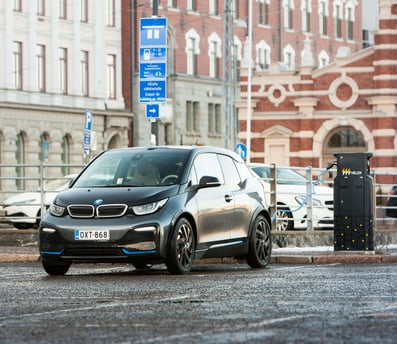
Electric cars and smart charging as balancing elements
However, even a significant increase in the number of EVs will not shake the operation of the electric grid, if the vehicles are being charged using smart charging solutions.
First of all, millions of electric cars don't have to be plugged in at once. Secondly, EVs don’t have to be charged during the rush hours of electricity consumption. The most efficient way is to charge when the consumption is otherwise low and production high: for example during a workday when the sun is shining, the wind is blowing and the daily electricity consumption isn’t at its peak.
With smart charging, the timing of charging events can be controlled. Smart charging offers solutions to optimise charging events automatically based on the demand of the local electricity.
In addition, with smart charging, the charging power can be decreased automatically when needed if the local grid momentarily gets strained. When several cars are connected to the same building, neighbourhood or grid area, chargers can be clustered in a way that the collective amount of the charging power doesn’t exceed the limits of the grid tolerance.
Vehicle-to-grid (V2G) services are also already commercially available, enabling electricity to be returned to the grid from the car batteries, the same way as stationary storages are connected to the grid.
How electric vehicles are used in the energy system
A massive rebuilding of the electrical grid is not needed if smart charging services are being used. With smart charging, energy utilities can realise the full potential of electric vehicles as a part of the energy system.
Interested in running your own EV charging business with the most innovative smart charging solutions in the market? Download our guide and learn more.
/power-transmission-lines-over-green-field-blue-sky.webp)
